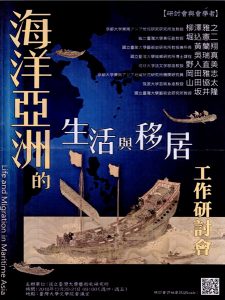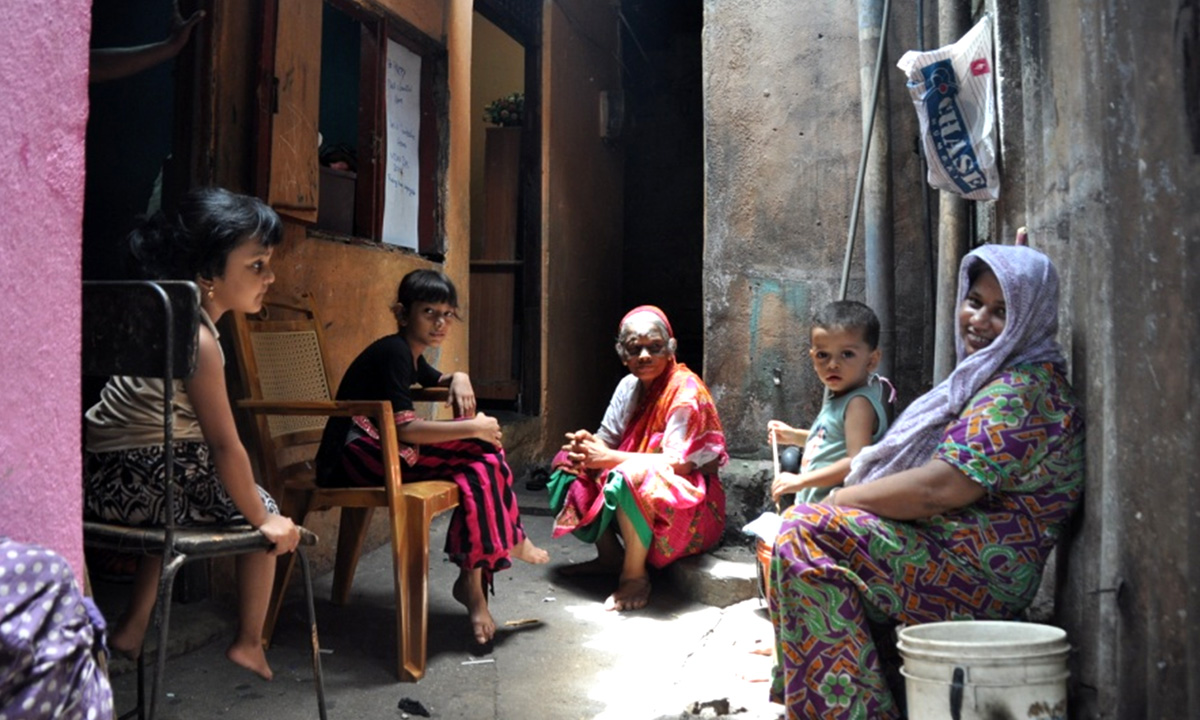
台湾大学芸術史研究所主催のシンポジウム「海洋亞洲的生活與移居(海域アジアの暮らしと移動) Life and Migration in Maritime Asia」に参加しました。「信賴關係網絡與可倫坡(斯里蘭卡)歷史區域的都市景觀(信頼関係のネットワークとコロンボ(スリランカ)歴史地区の都市景観)」として、コロンボ(スリランカ)を事例にインド洋世界の都市景観の生成と変容の仕組みについて報告しました。
タグ: life
生を支える建築 architecture of vernacularity
建築は、私たちが生きる上で頼むに足る存在である、と考えます。
様々な苦楽に直面する私たちの生を支える建築の姿と、その実現方法を探求します。
20世紀には、発展途上諸地域の開発は国際社会の共通の課題であり、開発の現場は建築デザインの一大実験場となりました。
開発の現場では、差し迫った生の問題、気候、文化の相違に対して、普遍性を主張したモダニズムの建築は十分な対応力を持たないことが明らかとなり、オルタナティブを模索する実践が各地でおこなわれました。
しかし、その全容は必ずしも明らかになっていません。
発展途上と呼ばれ、開発の舞台となった地域、とりわけ、南アジア、東南アジア、環インド洋世界の経験と建築実践に学びながら、未来の建築の姿を考えています。
Architecture could be worth relying for us living our uncertain lives.
We search the appearance of architecture which supports our pleasureful and painful lives and search ways to realize such architecture.
In the 20th century, development of developing regions had been the matter shared by international society. And the field of development became a great experimental place of architecture design.
At the field of development, it became clear that architecture of modernism had no adequate ability to respond to urgent matters of life, local climate or local culture despite its claim on universality.
From this experience, practices to search alternative architecture appeared in many regions. However, whole picture of these practices is not clarified.
Learning from experiences and architectural practices of the regions once called developing and became field of practice of development, especially South Asia, Southeast Asia and the Indian Ocean world, we are seeking appearance of architecture for our future.
